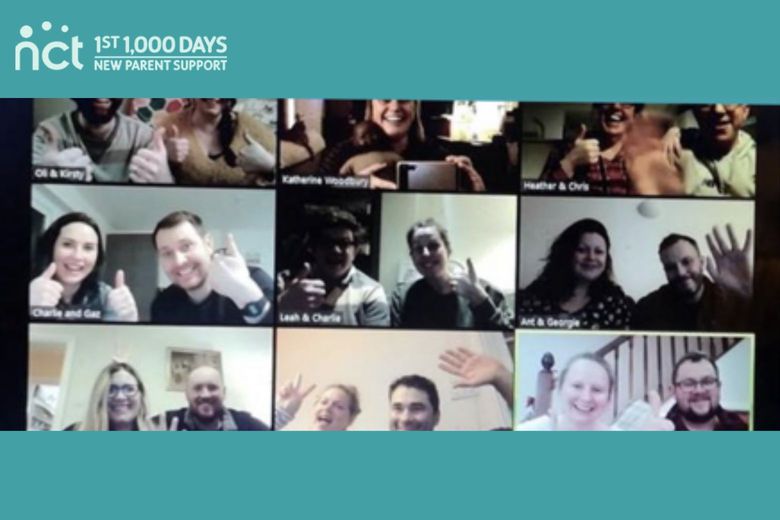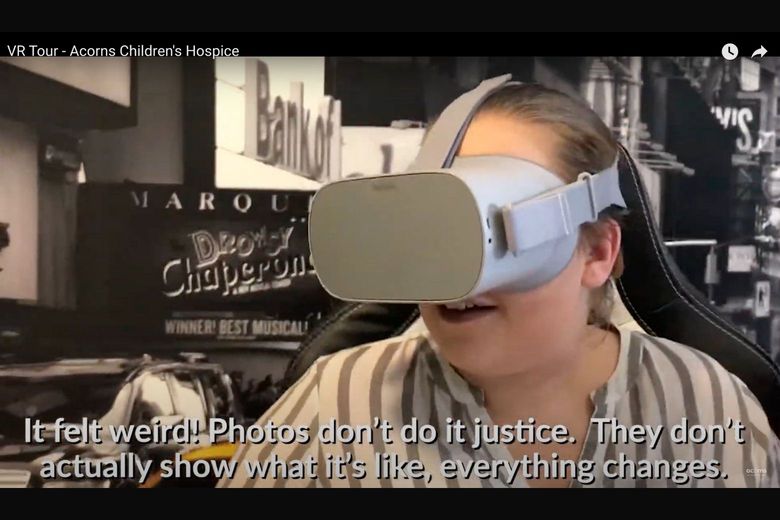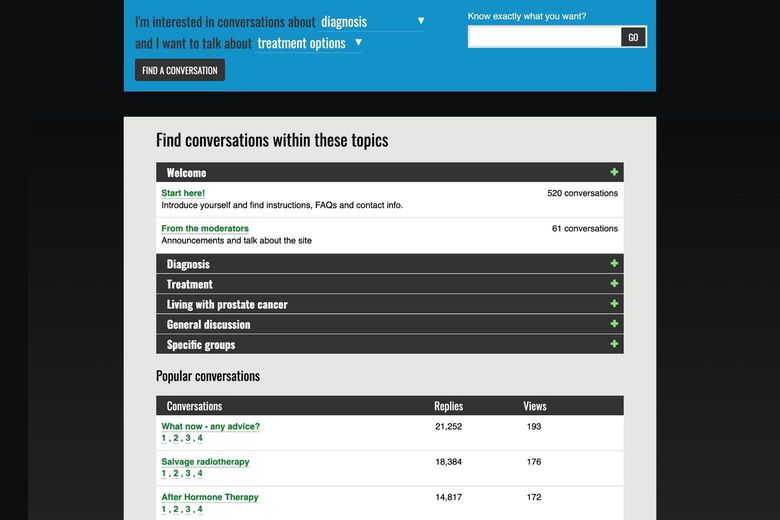
Vimal Patel04/10/21
7 min read

As digital transformation takes hold in the third sector, the need for websites to become more than just information hubs grows stronger.
The technology revolution - accelerated by the covid pandemic - has brought a reliance on new systems, communication methods and creative ways for charities to appeal to the people they can support.
After the initial shock and panic, the pandemic forced charities into thinking differently.
One of the major questions to answer was ‘How do we continue to offer our services to the people who now need them more than ever?’

The positive response was not only a triumph of endeavour; it also pointed to the possibilities of enhancing and widening service delivery.
Here, we take a look at how developing your charity website using a variety of engagement techniques can position the site as the focal point for the delivery of those all-important services.
As well as being used for all manner of meetings, video conferencing is becoming a common method of delivering services.
Patients in the UK have become accustomed to receiving consultations from their GP via video links and charities are following suit.

NCT switched to live online antenatal courses to maintain its offering while widening its reach. Running more than 500 virtual courses per week, it also allowed expectant parents to meet others at the same stage of their lives.
The world’s oldest youth club, St Andrew’s Club, was able to maintain its support for young people, providing sessions in areas such as wellbeing, mental health, sport and cookery.
And video conferencing can be managed and delivered through your charity’s website. As Django-Python developers, we are able to use APIs - such as Zoom’s - to integrate the two platforms.
The Community Brain, based in Surbiton, has done exactly that and created Zoom rooms for people to join directly from the charity’s website.
If you are concerned about cybersecurity, you might want to consider using a virtual private network (VPN) for your online gatherings.
Children’s charity Matrix Neurological began using a VPN for increased security and this is a great way to show that you can be flexible to meet the needs of the people who depend on you.
While video conferencing can support service delivery for your existing users, it also gives you the capability to broaden your footprint. This means your valuable work can be delivered far and wide, even across the globe.

People can’t always make face-to-face meetings, might have difficulty travelling, or might prefer to speak from a place they feel safe in i.e. their home. Others will want the more personal connection of a face-to-face setting and might not have good connectivity at home.
This future hybrid model provides exciting opportunities and can be of immense value, particularly where there is a shortage of services for people in their location.
Understanding that children will be nervous about their stays, hospitals and hospices have started to use virtual reality in an attempt to ease worry and anxiety.
Acorn and GOSH provide virtual reality tours for young people and parents alike ahead of their use of the services. Acorn's video gives a feel for just what this can achieve.

And Shooting Star provides a virtual hospice, taking its service directly to families. This includes hosting groups and events online via Zoom, a live-streamed Memory Day virtual service and a private Facebook group for parents.
While the online world can never be a substitute for a hug, a consoling hand on the shoulder or physical activities, it opens up new opportunities and new ways for charities to be able to provide their support.
Community and members’ areas are highly-used, much-needed forms of support. They offer situation-specific advice from others who are going through, or have experienced, the same personal difficulties.
This user-led service delivery might not be carried out directly by charities, but by offering this sense of community, you are acting as the conduit for those in need.
Charities, no matter how big, can’t be everywhere and your website can’t provide advice on every single thing which might be affecting a person at a given time. But community areas can do just that.
Make sure that your website section provides a solid search function and break the area into topics.
Prostate Cancer UK displays its community area by topic and popular conversation as well as delivering clever search functionality.

Your staff and volunteer numbers are limited and while human interaction is core to most service delivery, there are elements which can be conducted by a chatbot.
You’re probably used to seeing chatbots pop in the bottom of your screen, attempting to help answer commonly-asked questions and point you in the direction of online pages and details across a variety of websites.
Used in the right scenario and for a specific purpose, they can take the strain off some delivery time while providing people with an immediate response to their queries.
Is This OK? is a service run in partnership between Runaway Helpling and Childline, with funding from Children in Need, and is aimed at teenagers looking for help and advice when facing a pressurised or confusing situation.
It uses a chatbot - and even promotes it on the website homepage - to enable young people to ask questions anonymously before speaking to a human if they so desire. In the first three weeks of the chatbot being live, more than 600 people – mostly under 16 – interacted with the service.

When using such technology, it is critical that you understand your audience demographic and how they want to interact with you. Younger people are more likely to be comfortable engaging with a chatbot, potentially even preferring that if speaking about something particularly sensitive.
The other main benefit is that chatbots can be made available at all times of the day, therefore providing users with the freedom and control to interact with them when they want to.
Gaming has become a multi-billion-pound industry and offers an alternative interactive method to engage users.
It can be used to settle the fears of young and vulnerable people by offering an introduction to a service beyond text and visual content.
Gamification on a website can be simple - like offering multiple choice questions which lead to different paths and solutions - or complex with advanced interactivity. While gaming is being used to increase donations, it can be used to ease people into service delivery.
It also has a positive community spirit and one war veteran has spoken of how gaming and support from Help for Heroes has helped him and colleagues with mental health issues.
While digital techniques are evolving at a rapid pace, one consideration still reigns supreme: to provide the best possible user experience.
Technology offers a range of opportunities but the fundamentals must be addressed first. Your website needs to ensure important resources are clearly signposted, that it meets accessibility requirements, and contains all relevant information.
Look at Age UK, which packs its sub-menu under information and advice with a load of topics related to services.

The services section is focused on providing users with clear choices, the telephone number is big and bold and the ‘find services near you’ is smack bang in the middle of the screen. The charity completely understands its audience and what is important to them. Also notice how the font size is larger than most websites.

As Plato (kind of) said: Necessity is the mother of invention.
The covid pandemic forced charities into a dramatic re-think about how services were delivered and what part digital needed to play.
It opened many people’s eyes and presented new opportunities and methods to support people.
Your website is central to that.